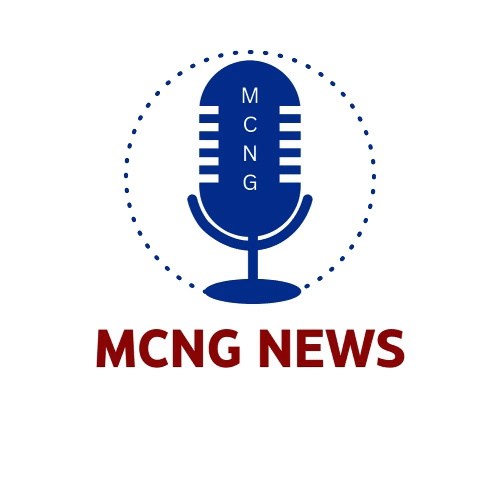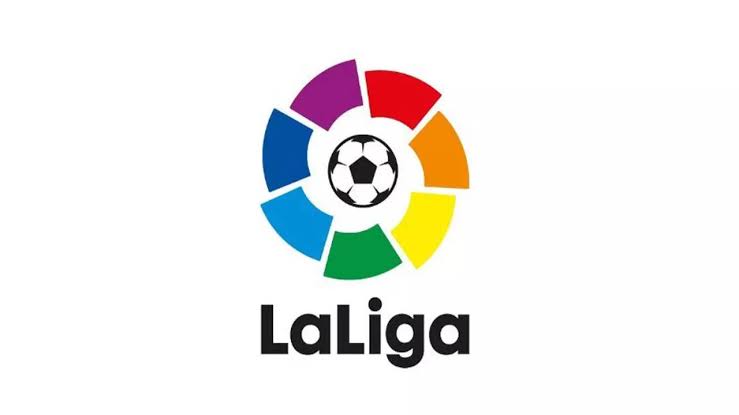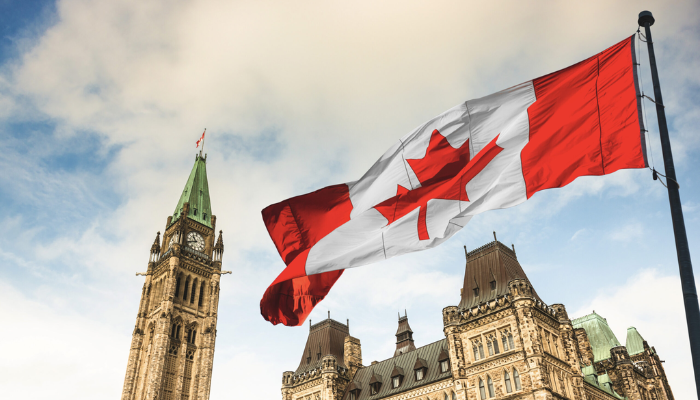Nigerians borrowed an additional N470 billion in personal loans from banks during the final quarter of 2024, according to the Central Bank of Nigeria’s latest Economic Report.
Consumer credit reached N4.72 trillion by December 2024, marking an 11.06% increase from September’s N4.25 trillion figure. This growth highlights how more Nigerians are turning to banks for financial support amid challenging economic conditions.
The most striking change was in personal loans, which jumped 21.27% to N3.82 trillion from the previous quarter’s N3.15 trillion. This category now dominates consumer borrowing, representing nearly 81% of all consumer credit.
Meanwhile, retail loans moved in the opposite direction, dropping 18.18% to N0.90 trillion from N1.10 trillion in September. This shift suggests Nigerians are prioritizing flexible personal financing over retail-specific credit options.
“Consumer credit outstanding rose by 11.06% to N4.72 trillion at end-December 2024, from N4.25 trillion at end-September 2024,” the CBN report stated. “Personal loans increased by 21.27% to N3.82 trillion compared with the level at end-September 2024.”
The report further explained that “Retail loan, however, declined by 18.18% to N0.90 trillion from N1.10 trillion at end-September 2024. A breakdown indicated that personal loans, with a share of 80.98%, remained dominant, while retail loans accounted for the balance.”
This borrowing surge coincided with Nigeria’s worsening inflation, which hit 34.80% in December 2024, up from November’s 34.60%. The inflation spike was primarily driven by increased holiday season spending on food and beverages.
In response to persistent inflation, the CBN’s Monetary Policy Committee implemented multiple rate increases throughout 2024, raising the Monetary Policy Rate by 875 basis points to 27.50%. Commercial banks subsequently adjusted their lending rates upward, making loans more expensive for borrowers.
Despite these higher costs, Nigerians continued seeking personal loans—likely to manage rising living expenses and financial obligations in an increasingly challenging economy.
One positive note from the report: bank asset quality actually improved during this period. The non-performing loans ratio decreased to 4.50% in December from September’s 4.58%, staying below the 5.00% regulatory threshold. This suggests banks are maintaining effective loan recovery processes despite the surge in lending.
As personal loans become more expensive due to higher interest rates, financial experts remain cautious about potential repayment challenges, particularly for low-income earners and those with unstable income sources.








Leave a Reply